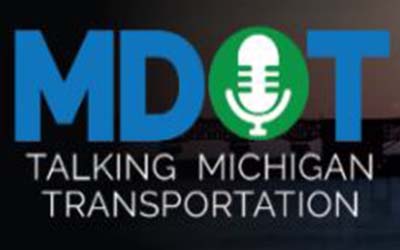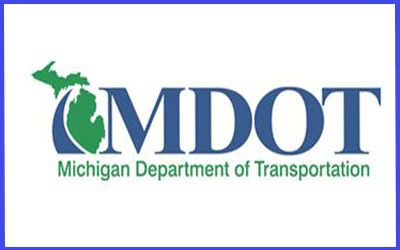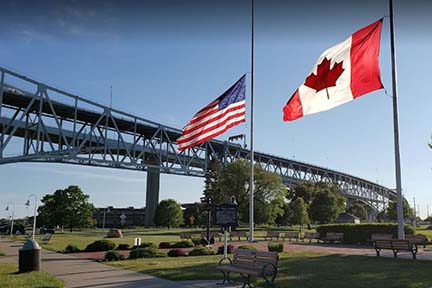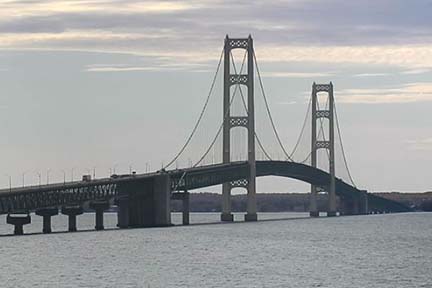
Michigan in the driver’s seat for electric vehicle charging
|

|

FOR IMMEDIATE RELEASE CONTACT: Dan Weingarten, MDOT Office of Communications, 906-250-4809 Final Adopt-A-Highway cleanup of year starts Saturday Fast facts: September 20, 2021 — Motorists should be on the lookout as thousands of Adopt-A-Highway volunteers in the popular Michigan Department of Transportation (MDOT) program fan out across the state to collect litter along highway roadsides from Saturday, Sept. 25, through Sunday, Oct. 3. This is the third and final scheduled pickup period of the year. Every year, Adopt-A-Highway volunteers regularly collect more than 60,000 bags of trash. The popular program began in 1990 and has grown to involve more than 2,900 groups cleaning 6,000 miles of highway. Beginning Saturday, volunteers wearing high-visibility, yellow-green safety vests will clear up their adopted stretches of highway. MDOT provides free vests and trash bags, and arranges to haul away the trash. Getting involved in the program is easy. Volunteers include members of civic groups, businesses and families. Crew members have to be at least 12 years old and each group must number at least three people. Groups are asked to adopt a section of highway for at least two years; there is no fee to participate. Adopt-A-Highway volunteer groups are recognized with signs bearing a group’s name posted along stretches of adopted highway. Sections of highway are still available for adoption. Interested groups should check the MDOT Adopt-A-Highway website at www.Michigan.gov/AdoptAHighway for more information and the name of their county’s coordinator, who can specify available roadsides. |
|
|
|

|

FOR IMMEDIATE RELEASE WEDNESDAY, SEPTEMBER 8, 2021 CONTACT: Jocelyn Hall, MDOT Office of Communications, 989-245-7117
Canadian currency toll rates at Blue Water Bridge Fast facts: September 7, 2021 — In accordance with the Blue Water Bridge parity rate adjustment policy, toll rates paid in Canadian currency (CAD) will decrease by $0.25 beginning Oct. 1. Based on the current average daily exchange rate, the toll rates below will be in effect through March 31, 2022.
Travel restrictions to Canada have recently been updated by the Canada Border Services Agency. Please review border security criteria ahead of traveling to reduce frustration. U.S. Customs and Border Protection current travel restrictions are expected to remain in place through Sept. 21. |

FOR IMMEDIATE RELEASE
CONTACT: James Lake, MDOT Office of Communications, 906-250-0993, LakeJ1@Michigan.
21,000 visit the Mackinac Bridge for the ’21 annual bridge walk
September 6, 2021 – Chilly breezes and overcast skies turned to warm sunshine for the return of the Mackinac Bridge Walk, welcoming back a crowd of about 21,000 to the event after a one-year hiatus. “Returning for the walk this year after the only cancellation since 1958, we weren’t sure what to expect,” said Mackinac Bridge Authority (MBA) Bridge Director Kim Nowack. “Although total participation is less than we’ve had in recent years, there were still thousands of very happy faces on the bridge today, all glad to revive this tradition.” A time-lapse video of this year’s walk is now available to view. The bridge, which closed at 6:30 a.m. to all vehicle traffic for the walk, reopened just before noon as scheduled. Based on the success of the 2018 and 2019 events, the 2021 Annual Bridge Walk again started from both St. Ignace and Mackinaw City, which eliminates the need for busing and offers additional options for participants. The bridge walk has been an annual event since 1958, with the exception of 2020 when it was cancelled due to the COVID-19 pandemic. The 2021 walk was the 63rd event. Between 25,000 and 30,000 people have participated in recent years. |